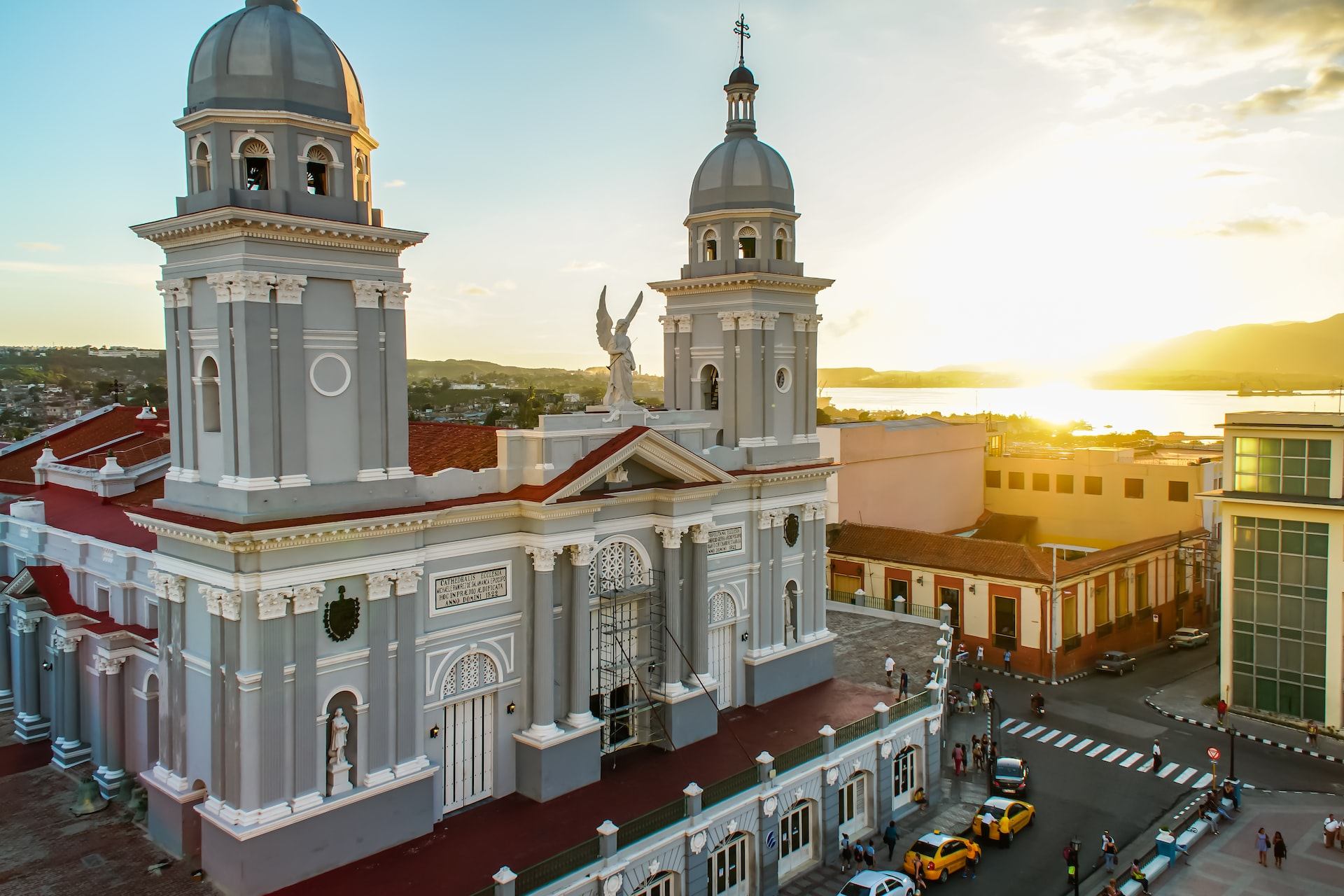Santiago de Cuba weather is a topic of interest for many visitors to the city. Located on the eastern side of the island of Cuba, Santiago de Cuba is known for its tropical climate and warm temperatures throughout the year. The city experiences two main seasons, a rainy season and a dry season, with the rainy season typically lasting from May to October and the dry season from November to April.
The average high temperature in Santiago de Cuba is around 30°C (86°F) while the average low temperature is around 20°C (68°F). The temperature can vary depending on the time of year, with the hottest months being July and August, and the coolest months being December and January. Santiago de Cuba is also known for its high humidity, with an average humidity level of around 75%.
Santiago de Cuba’s weather is heavily influenced by its location on the Caribbean Sea. The city is often affected by tropical storms and hurricanes, which can bring heavy rain and strong winds. However, these storms are typically more common during the rainy season and can be less severe during the dry season.
Despite the potential for tropical storms and high humidity, Santiago de Cuba’s weather is generally warm and sunny, making it a popular destination for visitors looking for a tropical getaway. With that said, the best time to visit Santiago de Cuba can vary depending on your preferences and what you want to do while you’re there.
| Month | Low (°C) | High (°C) | Low (°F) | High (°F) | Rain (%) |
|---|---|---|---|---|---|
| January | 20 | 30 | 68 | 86 | 40 |
| February | 20 | 30 | 68 | 86 | 35 |
| March | 20 | 30 | 68 | 86 | 30 |
| April | 20 | 30 | 68 | 86 | 25 |
| May | 20 | 30 | 68 | 86 | 50 |
| June | 20 | 30 | 68 | 86 | 60 |
| July | 23 | 32 | 73 | 90 | 70 |
| August | 23 | 32 | 73 | 90 | 65 |
| September | 23 | 31 | 73 | 88 | 60 |
| October | 22 | 30 | 72 | 86 | 55 |
| November | 20 | 28 | 68 | 82 | 40 |
| December | 20 | 28 | 68 | 82 | 35 |
When considering the best time to visit Santiago de Cuba, it is important to take into account the city’s weather patterns and the type of activities you plan to do while you’re there. For those looking to enjoy the beach and outdoor activities, the dry season from November to April is the best time to visit, as the weather is sunny and dry with less risk of tropical storms.
On the other hand, if you’re interested in experiencing the cultural side of Santiago de Cuba, the rainy season from May to October can be a good time to visit. During this time, the city comes alive with festivals and events celebrating the Afro-Caribbean culture of the region. The city is also less crowded during the rainy season, which can be a plus for some visitors.
Another important factor to consider when planning your visit to Santiago de Cuba is the hurricane season, which runs from June to November. While the city is less likely to be affected by hurricanes during the dry season, it’s still a good idea to keep an eye on the weather forecast and be prepared for the possibility of a storm.
In general, the best time to visit Santiago de Cuba depends on your interests and preferences. If you’re looking for sunny weather and beach activities, the dry season is the best time to visit. If you’re more interested in experiencing the cultural side of the city and don’t mind the possibility of rain, the rainy season can be a good option.
Overall, Santiago de Cuba’s weather is generally warm and sunny, making it a great destination for those looking to escape the colder climates of the northern hemisphere. With its tropical climate, beautiful beaches, and rich Afro-Caribbean culture, Santiago de Cuba is a destination that offers something for everyone, regardless of the time of year. The key is to plan ahead and be prepared for the weather, so you can make the most of yourvisit to this vibrant and unique city.
Another important aspect to consider when planning your trip is the peak tourist season. Santiago de Cuba, like many other Caribbean destinations, experiences a peak tourist season from December to April. This is when the weather is at its driest and most pleasant, and when many tourists flock to the city to enjoy the beaches and other outdoor activities. However, this also means that the city can be more crowded, and prices for accommodations and activities may be higher.
For those looking to avoid the crowds and save some money on their trip, the off-peak season, which runs from May to November, can be a great option. The weather is still warm and pleasant during this time, and there are fewer tourists, which can make for a more authentic and relaxed experience.
In conclusion, Santiago de Cuba’s weather is a complex and varied topic, with different factors to consider depending on your interests and travel plans. Whether you’re looking for sunny beaches, cultural experiences, or a mix of both, Santiago de Cuba has something to offer all year round. The key is to plan ahead, be prepared for the weather, and keep an eye on the forecast so you can make the most of your visit to this beautiful and unique Caribbean city.



